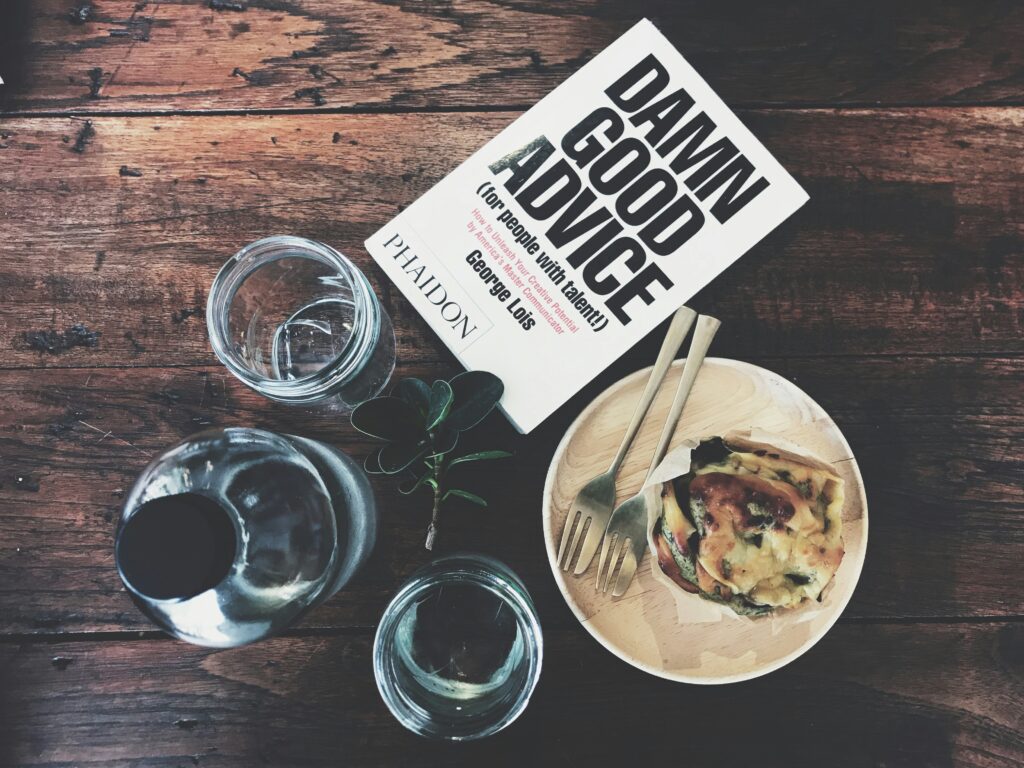The Six Sinful Assumptions About Grants

With over 3,000 active funding programs contributing to Australia’s multi-billion dollar grants industry, it’s easy to see why many organisations are eager to implement a grants strategy. But before diving into your next application, it’s important to dispel some common myths that might hurt your chances of success.
Below are the six sinful assumptions that can derail your grant applications, along with actionable tips to overcome them.
1. Anyone Can Access Free Money Through Grants
Grants often sound like the perfect solution to your funding woes—an accessible pot of free money. However, securing this money isn’t as simple as filling out an application and hitting submit. Grant funding bodies have specific interests, eligibility criteria, and funding priorities that applicants must meet.
Each funder typically supports causes aligned with their mission, whether it’s promoting environmental sustainability, supporting vulnerable populations, or funding innovative business ideas. It’s critical to ensure that your project not only meets their criteria but also aligns with their vision of impact.
TIP: Before starting your application, thoroughly read the funding guidelines and eligibility criteria. If you’re unsure whether your organisation qualifies, a quick email or phone call to the funder can clear things up.
2. A Grant Application Is Easily and Quickly Assembled
Writing a successful grant application is far from a quick task. Even seasoned grant writers require plenty of time to prepare, research, and compile a detailed submission. The reality is, the more thought and effort you put into your application, the better your chances of success.
Applications often require an understanding of project outcomes, measurable impacts, and even detailed budgets. It’s essential to thoroughly outline your project’s goals and how the grant will help achieve them.
TIP: Streamline the process by preparing standard documents like your annual report, financial statements, and certificates of incorporation in advance. Keep these materials handy so you’re not scrambling for them at the last minute.
3. All I Need Is a ‘One Size Fits All’ Application
We know it’s tempting to use the same template for every application, especially when juggling multiple deadlines. However, each grant has different priorities and expectations. Using a generic application can be detrimental to your credibility.
Grant assessors can spot a copy-and-paste job from a mile away. Each application should be tailored to highlight how your project aligns with the specific goals and values of the funding body. Personalising each application demonstrates respect for the funder’s priorities and greatly improves your chances of success.
TIP: Customise each submission to fit the grant’s objectives. For example, if one grant is focused on community impact, emphasise how your project benefits local communities. If another is focused on innovation, highlight your unique approach to problem-solving.
4. A Failed Application Is the End of the Line
Receiving a rejection can feel disheartening, but it doesn’t mean the door is permanently closed. In fact, rejection often presents an opportunity to learn and refine your approach. Many funders are open to giving feedback on why an application was unsuccessful, offering insights into areas for improvement.
Sometimes, the timing might not be right, or your project may not have fit perfectly with the funder’s current priorities. Take these lessons and resubmit in future rounds, stronger and more aligned.
TIP: When you receive a rejection, ask for feedback. Use this feedback to tweak your project description, budget, or approach for the next round of funding. Persistence often pays off in the grants world.
5. The Purpose of Grants Is to Keep My Organisation Alive
Grants are not designed to cover operational deficits or “keep the lights on.” Instead, funders view their grants as investments that advance a particular cause or mission. This means they often look for organisations that already have a sustainable financial model and are not solely reliant on grant funding.
Funding bodies want to see that their grant will be used to enhance your impact—whether that’s through expanding services, launching new initiatives, or increasing the reach of an existing program. Grants that demonstrate clear outcomes and long-term sustainability are much more likely to succeed.
TIP: Show that your project has multiple funding streams. For example, combine grant funding with earned income, donations, co-contributing grant funders or in-kind contributions to demonstrate that the project is not solely dependent on one funding source. Psst – Make sure you check the guidelines to see what they say is eligible for co-contributions.
6. Those with the Highest Need Receive the Funding
While it seems logical that funders would direct their grants to the projects with the most pressing needs, this is not always the case. The real key to winning grants lies in alignment—how well your project aligns with the grant maker’s goals, not necessarily the magnitude of your need.
Funders look for projects that can demonstrate a high probability of success, strong leadership, and the ability to measure outcomes. It’s not enough to simply state your need; you must also show how your project fits into the larger picture and how it will create lasting impact.
TIP: Shape your application to clearly demonstrate your credibility, expertise, and ability to deliver on promises. Funders want to invest in projects that will generate measurable, long-term results.
Bonus Tip: Grant Writing Takes Time, Preparation, and Persistence
While these six assumptions can derail your grant-seeking efforts, they are all manageable. Success in the grant space comes down to preparation, understanding, and persistence. By building relationships with funders, understanding their priorities, and tailoring your applications, you’ll be well on your way to grant success.
And don’t forget: using tools like Grant’d can simplify this process. With AI-powered grant matching, expert insights, and an extensive library of resources, Grant’d makes it easier to find the right funding opportunities and prepare winning applications.
By breaking free from these sinful assumptions and taking a strategic approach to your grant writing, you’ll not only improve your chances of success but also build lasting relationships with funders that will benefit your organisation for years to come.


